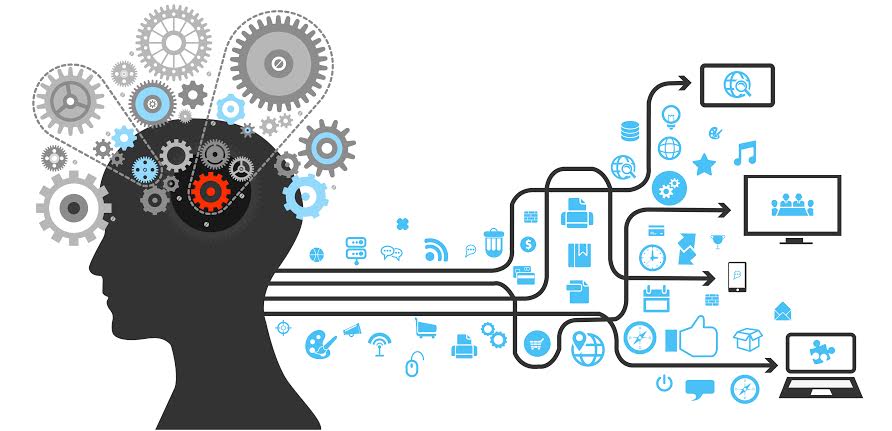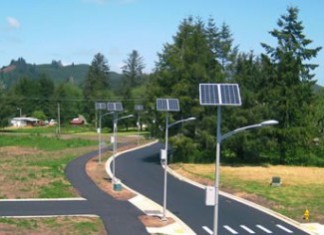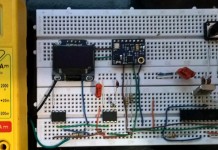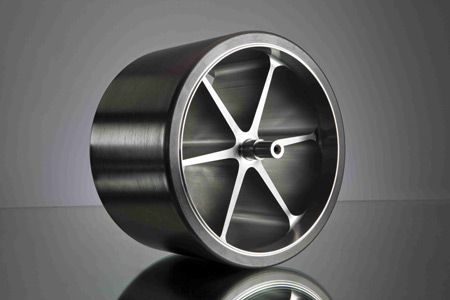Embedded System Questions & Answers
Q1 Which of the following is a real time embedded system? Justify your answer
- Ceiling Fan
- Microwave Oven
- Television Set
- Desktop Key Board
- Digital Camera
Ans:
- and (e) are embedded systems
- Ceiling Fans: These are not programmable.
- & (e) obey all definitions of Embedded Systems such as
- Working in Real Time (ii) Programmable (iii) A number of systems coexist on a single platform to discharge one function(single functioned)
- Television Set: Only a small part of it is programmable. It can work without being programmable. It is not tightly constrained.
- Desktop Keyboard: Though it has a processor normally it is not programmable.
Definition of Real Time Systems
An operation within a larger dynamic system is called a real-time operation if the combined reaction- and operation-time of a task operating on current events or input, is no longer than the maximum delay allowed, in view of circumstances outside the operation. The task must also occur before the system to be controlled becomes unstable. A real-time operation is not necessarily fast, as slow systems can allow slow real -time operations. This applies for all types of dynamically changing systems. The polar opposite of a real-time operation is a batch job with interactive timesharing falling somewhere in between the two extremes.
Alternately, a system is said to be hard real-time if the correctness of an operation depends not only upon the logical correctness of the operation but also upon the time at which it is performed. An operation performed after the deadline is, by definition, incorrect, and usually has no value. In a soft real-time system the value of an operation declines steadily after the deadline expires.
Embedded System
An embedded system is a special -purpose system in which the computer is completely encapsulated by the device it controls. Unlike a general-purpose computer, such as a personal computer, an embedded system performs pre-defined tasks, usually with very specific requirements. Since the system is dedicated to a specific task, design engineers can optimize it, reducing the size and cost of the product. Embedded systems are often mass-produced, so the cost savings may be multiplied by millions of items.
Handheld computers or PDAs are generally considered embedded devices because of the nature of their hardware design, even though they are more expandable in software terms. This line of definition continues to blur as devices expand.
Q.2 Write five advantages and five disadvantages of embodiment.
Ans:
Five advantages:
- Smaller Size
- Smaller Weight
- Lower Power Consumption
- Lower Electromagnetic Interference
- Lower Price
Five disadvantages
- Lower Mean Time Between Failure
- Repair and Maintenance is not possible
- Faster Obsolesce
- Unmanageable Heat Loss
- Difficult to Design
Q3. What do you mean by Reactive in Real Time. Cite an example.
Ans:
Many embedded systems must continually react to changes in the system’s environment and must compute certain results in real time without delay. For example, a car’s cruise controller continually monitors and reacts to speed and brake sensors. It must compute acceleration or deceleration amounts repeatedly within a limited time; a delayed computation could result in a failure to maintain control of the car. In contrast a desktop computer system typically focuses on computations, with relatively infrequent (from the computer’s perspective) reactions to input devices. In addition, a delay in those computations, while perhaps inconvenient to the computer user, typically does not result in a system failure.
Q4. Give at least five examples of embedded systems you are using/watching in your day to day life.
(i) Mobile Telephone (ii)Digital Camera (iii) A programmable calculator (iv) An iPod (v) A digital blood pressure machine
iPod: The iPod is a brand of portable media players designed and marketed by Apple Computer. Devices in the iPod family are designed around a central scroll wheel (except for the iPod shuffle) and provide a simple user interface. The full -sized model stores media on a built-in hard drive, while the smaller iPod use flash memory. Like many digital audio players, iPods can serve as external data storage devices when connected to a computer.
Q5. Write the model number and detailed specification of your/friend’s mobile telephone.
Manufacturer Model:
Network Types: EGSM/ GSM /CDMA
Form Factor: The industry standard that defines the physical, external dimensions of a particular device. The size, configuration, and other specifications used to describe hardware.
Battery Life Talk (hrs): Battery Life Standby (hrs): Battery Type:
Measurements
Weight:
Dimensions:
Display Display Type: Colour or Black & White
Display Size (px):
Display Colours:
General Options
Camera:
Mega Pixel:
Email Client:
Games: Yes
High Speed Data:
MP3 Player:
PC Sync: Yes
Phonebook:
Platform Series
Polyphonic Ring tones:
Predictive Text:
Streaming Multimedia:
Text Messages:
Wireless Internet: Opera
Other Options
Alarm:
Bluetooth:
Calculator:
Calendar:
Data Capable:
EMS:
FM Radio:
Graphics (Custom):
Infrared:
Speaker Phone:
USB:
Vibrate:
Fore 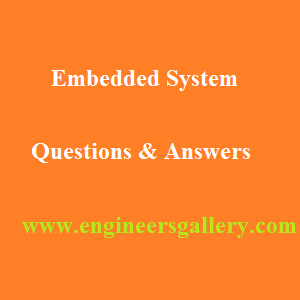 more Embedded System Questions & Answers keep visiting
more Embedded System Questions & Answers keep visiting


